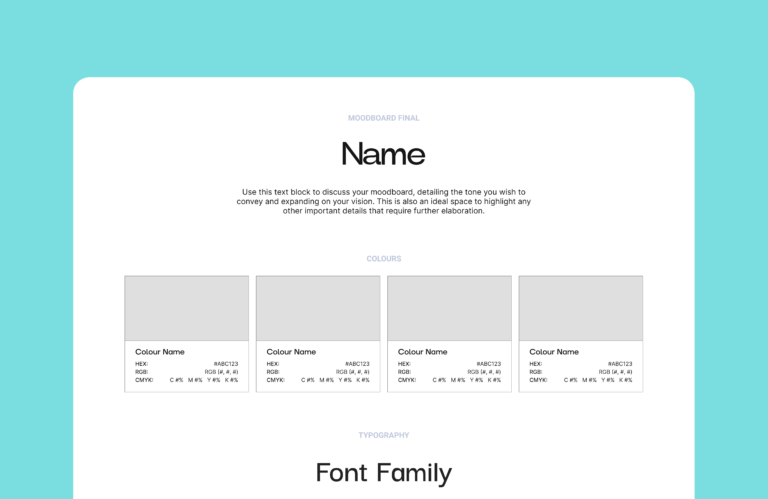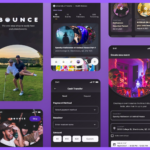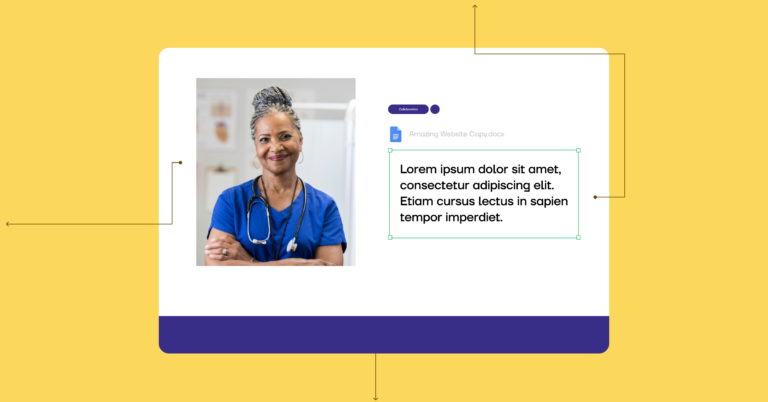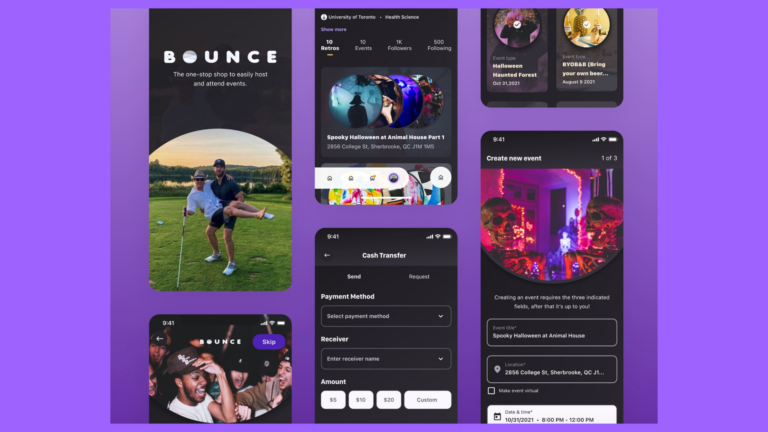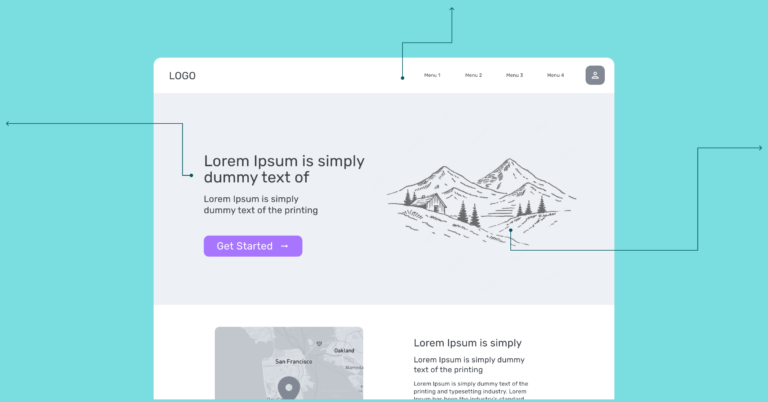Have you ever come across a blog post and felt like this is exactly the information you were looking for? While the internet swarms with information, rarely do you come across high-value content that speaks to you.
Data reflects that nearly 70 million new blog posts are published each month. And this is just on WordPress alone. This means you are in for an extremely tough competition. Write a weak article, and it nearly gets buried under tons of other better performing pieces.
To build a quality blog, you do not just need a high-value idea but also a high-performing post. Because you ain’t just writing for your customers. You are writing for the crawlers too.
At Produktiv, when we write for our clients, we craft the structure of the blog post, optimize it for the right keywords and ensure it speaks directly to the intended audience. We follow a 7-step checklist to write on target, every time.
It’s super easy! Just follow these points below and see how you can convert a simple content idea into a high-performing, Google-friendly post.
7 Tips to Write a Good Blog Post
🎲 Start with a strategy
When you decide to buy a product or a service after seeing an ad, it is not because you liked the creative or the face of the person selling it. It’s more because you connected with the ad. In other words, the ad was written to speak to you.
Similarly, good pieces of content will perform better if a strategy is tied to them. That is the crux of anything you intend to write and desire that people will read and respond.
When our clients ask us to write a blog, we craft a communication strategy and identify whom we want to speak to. We establish their voice and tone and what the brand is all about. We brainstorm our client’s challenges, hurdles, fights and their target audience’s pain points.
After that, we start building a content strategy around the target personas and think about different ideas we want to convey.
Crafting a strategy is a lot of work but worth it. To help you get started, we have laid out a template for the communication strategy, and you can use it right now, for free.
🎯 Focus on SEO
You cannot beat Google and the algorithms unless you learn your way around keywords. Getting the hang of the best SEO practices may take time but will help you rank on Google if you diligently follow the plan.
When you craft your content or blog strategy, identify the keywords that make sense for your business. Choose the keywords that are not very difficult to rank for but at the same time have good traffic and business potential. For the best results, get our ready SEO checklist template.
Content and SEO cannot produce results in a silo. They both need to work together to give you the best results. And there is no one size fits all. We can teach you the best practices, but you have to put the learnings and constantly do trial and error.
⏲️ Take time to research
You can’t be writing well enough if you haven’t done the homework. That is why we recommend you take the time to read about your topics in detail.
If your content does not portray your brand as an expert in your field, your clients might not want to implement the piece of advice you have to offer. And that means they probably do not want to do business with you.
Ideally, it is best to save and read three pieces of identical content with identical keyword focus to learn what others in the industry are talking about.
You probably won’t have anything different to say except your business’s unique selling points. But you can have your angle on what is already out there.
Taking a spin or picking up existing ideas and building new perspectives around them will interest your readers, rather than just grinding the mill over and over again.
✍️Create an outline
The best blog posts are simple and easy to read because they are neat and nicely structured. If you spend time laying out different pieces of what you want to say in your article, it becomes easy to write long-form content.
Before you start, make sure you create a blog outline. This includes having your blog’s introduction, body copy, conclusion and a final call-to-action. At this stage, you do not have to worry about the actual content, but just a fair idea of what each subtopic contains.
Here is a basic blog outline you can follow:
- Introductory paragraph that conveys what the post is going to offer
- A heading that leads to the main content of the article
- Body copy or the meat of the article
- Internal images or visuals
- Concluding paragraph to wrap up your final thoughts
- A call-out or call-to-action to inform your audience about the next steps
Creating a blog outline will not only help you compartmentalize your ideas but also help with rankings. Google crawlers pick up content that is laid out systematically with H1s and H2s.
🖼️ Use visuals generously
Content on the internet does not just mean words. It includes everything you publish on your digital assets. That includes videos, GIPs, and infographics. Research says your content will attract more eyeballs if you make it visually appealing.
We encourage you to churn out more engaging posts by adding different content forms. Here are some ideas you can steal.
- Embed an existing video if it’s the same topic you are writing about
- Include a GIPHY if your tone is informal and casual
- Have stats? Put it out there through a graph or an intelligent chart
- Want your audience to follow some steps? Create an infographic.
- Simply add pictures to keep them scrolling till the end.
Again, including visuals is not just to beautify your content. The alt text you add while publishing them will help your content appear in search results.
✂️ Read. Edit. Repeat.
All best-performing content pieces undergo several times before the final version goes live.
At Produktiv, we have several content writers working on different projects. But we encourage them to cross-reference their work with other writers. Having a second pair of eyes on your work always helps.
Make sure you have enough time to edit your work. If you have an in-house content team, it is best to plan and schedule your posts using a content calendar.
While editing your work, check for grammar and fluff. Be brutal and chop off anything that does not add value. See if there is scope to include things in different ways. For instance, if you can rewrite and fit a long block of content into a table or arrange it into various pointers.
🕎 Distribute fearlessly
What’s the point of creating a high-quality post if you cannot get many people to read them?
Once written, distributing your content is an equally important part of your strategy. This is also something you need to lay out right from the start.
Besides your website, there are several other platforms where you can post your blog. For instance, repost it as a microblog on LinkedIn, publish it on platforms like Medium or even reach out to your vendors for a guest post. Generating quality links to your website and creating SEO outreach opportunities will produce results in the long haul.
Create high performing blog posts. Download our communication strategy template.
Ready to craft blog posts that matter? One way to cut through the noise and help your brand shine is to hone your skills, master your craft and take a smart approach. Our communication strategy template helps you do all that. It assists you in creating a concrete foundation for everything you write for your brand. Let it help you to get started.





